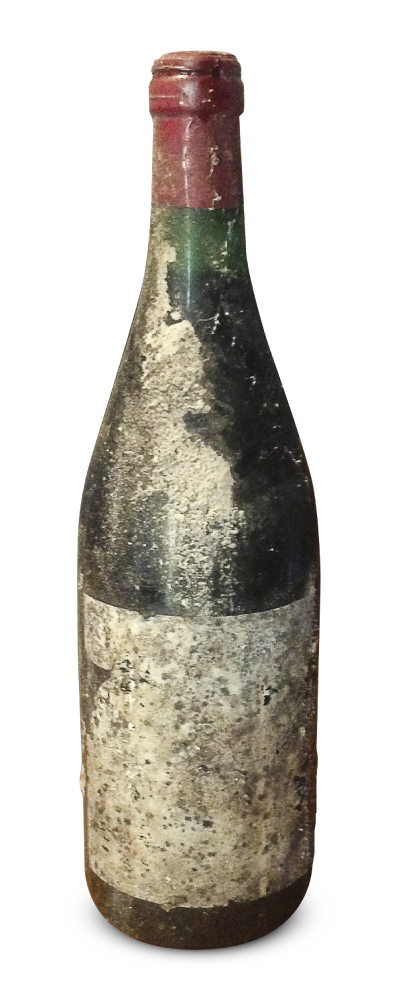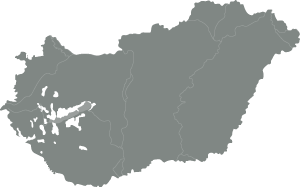Personal opinion:
Gems of outstanding quality that remained from the Socialist era when they were produced in state farms.
At that time people could produce wine, at most, for themselves - bottling and bottle retailing was inconceivable, as this right belonged to the Socialist state.
I never imagined that I would be pleased with these co-ops one day. These are unbelievable relics - time capsules, if you like.
These wines were bottled with the aim of exporting them. As far as I know these made it to the Vatican, the White House in Washington D.C. and the Kremlin in Moscow, etc.
Information:
We do not re-bottle or re-label the Museum wines - we offer them in their original bottles with the original content and original label.
The product picture shows the bottle that remained in the best condition for the sake of recognizability.
The product inventory shows the number of bottles that remained intact.
Unfortunately, not all the labels are undamaged!
Therefore it may happen that the label is damaged (torn, worn or mouldy).
About the Kisburgundi or “Pinot Noir” variety:
The Kisburgundi is a world variety of French origin. In Hungary it could not become more widespread because of the Socialist large-scale production. Today we can talk about a variety that people have again taken a liking to, but its spread in Hungary is not significant. It was already a well-known and popular variety as Kisburgundi in the previous century.
As far as I know it is only typical in three wine regions in Hungary: Balaton, Villány, and Eger. I would maybe highlight Eger because the climate and conditions of that region most closely resemble those of the original Burgundian habitat, but with small style changes, they also make fine wines from it in the other two wine regions.
It favours chalky subsoils but also yields results on other types of soil - on loess and volcanic soil. It is a demanding variety. The acids of the Kisburgundi produced in Hungary are elegant, strongly varietal with a sufficient alcohol content. Its real structure develops after three years.
The region and its history:
Balatonfüred and Csopak, located on the northern shore of the eastern cove of Lake Balaton, make up a part of the Balaton wine region. Balatonfüred, "the capital of the northern shore of Lake Balaton", is the oldest holiday resort at Balaton. Its area has been inhabited since prehistoric times, the earliest evidence of which are Copper Age archeological findings.The remains of Roman cellars and villas have been excavated, and the Roman road passing through Csopak is also from this age.
The Balatonfüred region came into the limelight when it became a property of the Tihany Abbey in 1211. Thanks to the priests and the monks the standard of viticulture and viniculture were decades before their time.
The majority of the plantations were destroyed by Phylloxera; the now indigenous varieties, such as Italian Riesling, became acclimatized after that.
Balatonfüred is "The international town of grape and wine."
Climate and geography:
Balatonfüred is situated among declivitous hills on the northern shore of Lake Balaton. It is bordered by the neighbouring settlements - Tihany, Aszófő, Balatonszőlős - and the Old Mountain, which is a common name in the region, as well as the Tamás, György and Péter Mountains.
The climate is devoid of extremes, owing to the lake, and its microclimate is of Mediterranean type.
The soil of the wine region is varied. There are soils developed on phyllite slate, Permian red sandstone, Triassic limestone, dolomite and trap-tuff but there are also forest soils developed on Pannon clay and loess. The soil is of reddish colour, especially in Balatonfüred and its surroundings, owing to the high iron oxide content of the Permian red sandstone.
The wine region consists of the following settlements: Alsóörs, Aszófő, Balatonakali, Balatonalmádi, Balatonfüred, Balatonszőlős, Balatonudvari, Csopak, Dörgicse, Felsőörs, Lovas, Mencshely, Örvényes, Paloznak, Pécsely, Tihany, Vászoly.
NAME: MUSEUM X
YEAR: 1984
VARIETY: Kisburgundi
WINE REGION: Balatonfüred-Csopak
CLASS: Quality sweet red wine
Product of Hungary
Bottle volume: 750ml
Alc. 12%vol
Contains sulphites


